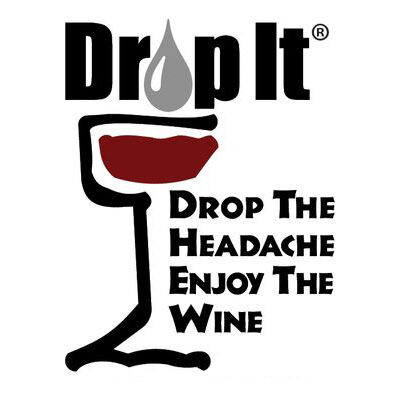The Wine Label, Demystified
It used to be that reading a wine label was a little bit like watching paint dry, but not so much these days. In fact, once you’ve found yourself in the grocery store perusing wine, it can be difficult to even choose which label to read first – much less know how to decipher them all in order to choose the best wine for the occasion.
Understanding wine labels doesn’t have to be risky business. With a basic knowledge base, a little patience, and commitment to research, you’ll be a wine label expert before you know it.
Considering that there are so many wine labels out there to catch your eye, draw you in, and maybe make you giggle, browsing wine labels can be more enjoyable than ever before but it’s still important to know what’s going on on the back of the bottle.
So, let’s get you on your way to being a smarter wine buyer. And hey, according to research published in Frontiers in Human Neuroscience, master sommeliers (as well as recreational drinkers of wine) benefit from a neurological boost.
Wine Label Basics:
Some information on a wine label will be straightforward, such as the region where the wine is produced, but sometimes you may feel that you need to learn an entirely new language to know what’s in the bottle. Let’s break the typical wine label down into digestible parts.
Mandatory Information: Not Just a Necessary Evil
Governments around the globe mandate that specific information appear on labels of all wine bottles under that specific government authority. We’re talking the basic stuff, like alcohol content (percentage by volume), the type of wine (table, dessert, or sparkling), and the country of origin. Other mandatory items may include:
- Brand name
- Name and location of bottler
- Net contents in milliliters (standard bottle is 750ml)
- The phrase, “Contains Sulfites” (with rare exceptions)
- Familiar government warnings

Indication of Origin:
Generally, American winemakers label their wines based on the type of grape (varietal) used to make the wine, while European vintners label theirs according to the region (appellation) producing it.
“Old World” winesrefers to wines that are produced in countries thought to be among the first to make wine. They generally have a lower alcohol content and are lighter and more restrained in flavor.
“New World” wines vary dramatically, and lots of experimentation has gone into creating new and interesting varieties, which continues to be the case.
Warmer climates will produce bolder, full-bodied wines with fruity flavors and a higher alcohol content in general. Think: the US, New Zealand, Australia, Argentina, South Africa, and Chile.
The region where the wine was made should be prominently indicated on the front of the label. Wine grapes are grown in many different regions, producing many different types of wine. For instance, the Bordeaux region produces Merlot and Cabernet Sauvignon.
Bottle Shape:
If you’re looking for a specific type of European wine, you can get this information from the shape of the bottle, without having to read the label.
Straight bottles with high shoulders (where bottle diameter increases) contain Bordeaux wines, with green glass for red wines and clear glass for white wines. Tall and slender bottles usually contain wine from Alsace or Germany and typically are Pinot Blanc, Riesling, a sweet dessert wine known as Gewurztraminer, or Pinot Gris.

Production Date:
Many wines are known as “vintage,” meaning they are identified by the single, specified year produced.. Certain wines require a certain amount of aging in order for flavor to mature and develop. There are non-vintage wines that are produced from grapes that were harvested during different years and are not designed to be aged.
Type of Grape:
Since New World wines tend to label according to the type of grape used, you don’t need to memorize which type of wines come from where. You just need to know what types of wine you enjoy, and this will tell you what type of grape – or varietal – you prefer.
Vineyard:
When a specific vineyard is written on a US wine, 95 percent of the grapes used to make the wine came from that vineyard. You will often see the vineyard listed because the winery attributes special characteristics of its wine to the specific property.
Now that you’ve had a little tutorial, you can go forth and enjoy being armed with a little extra knowledge. Happy hunting, armchair connoisseur!
Cheers!

